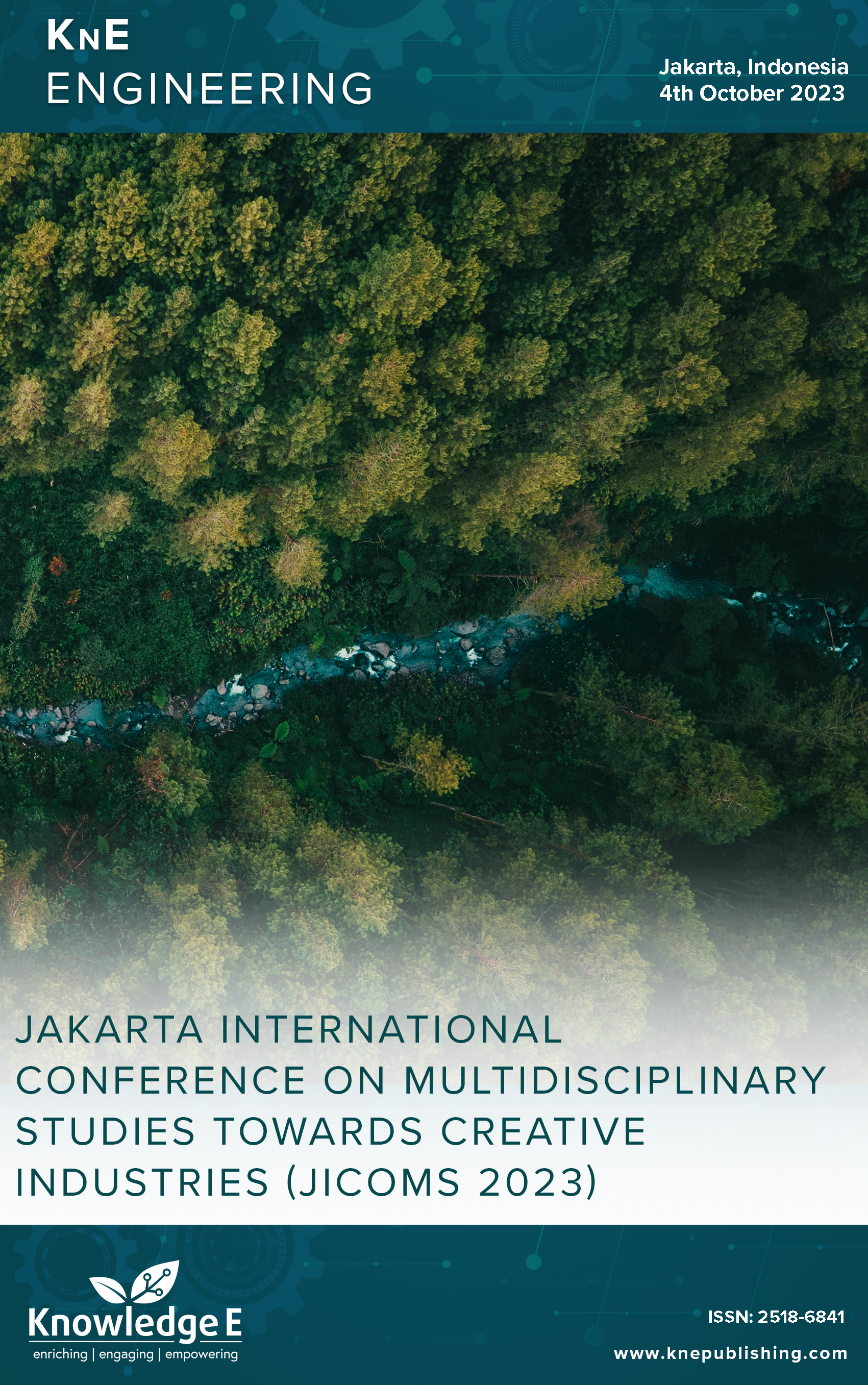The Development of Augmented Reality As English Learning Media in Junior High School
DOI:
https://doi.org/10.18502/keg.v6i1.15407Abstract
The existence of learning media on various platforms provides variety and assistance for teachers in delivering learning materials. Not much has been developed in educational media compared to entertainment media such as gaming, films, songs, dance, and music. Educational media need to be packaged in a simple, effective, and efficient manner and respond to the needs of today’s students. In the context of the world of learning English at the junior high school level, learning media is needed as an effort to provide real experience in terms of honing English communication skills. Augmented Reality is one of the media that is able to bridge the needs of students, namely making abstract learning experiences feel concrete. Therefore, this research aims to design learning media for junior high school English on the basis of Augmented Reality with content containing stories from North Sumatra. The research method applied in this study is Research & Development. Data acquisition techniques used were documentation, questionnaires, interviews, and tests which were applied in accordance with nine research stages, namely: (1) identification and analysis of media needs; (2) collection of media materials and tools; (3) development of media prototype designs; (4) implementation media prototype; (5) media prototype validation; (6) media prototype revision; (7) media trial on junior high school students; (8) final revision; and (9) media prototype that has been tested. The final result of this study contains AR in the form of flash cards. AR markers are printed on cards and students only focus their smartphone cameras on markers that have been printed in card form. After the camera has successfully scanned the marker, a learning video will appear. There are five cards (markers) in this study, and each card will play a different learning video.
Keywords: augmented reality, media, English, junior high school
References
[2] Lahallo CA, Wiranatha A, Sasmita I. (2016). Media pembelajaran molymod senyawa hidrokarbon teknologi augmented reality berbasis Android. Jurnal imiah Merpati. Retrieved from: https://ojs.unud.ac.id/index.php/merpati/article/view/26855
[3] Suganda MS. FAHMI, Syariful. Pengembangan media pembelajaran berbasis augmented reality pada materi bangun ruang sisi datar. THETA: Jurnal Pendidikan Matematika, [S.l.], v. 2, n. 2, p. 50 - 57, oct. 2020. ISSN 2656-7172. Available at: <https://journal.umbjm.ac.id/index.php/THETA/article/view/570>
[4] Agustina I, Murtopo M. The development of android based dictionary for graphic technique. Jurnal Arbitrer. 2017;4(2):93–98.
[5] Nistrina K. (2021) “Penerapan Augmented Reality Dalam Media Pembelajaran”, J-SIKA|Jurnal Sistem Informasi Karya Anak Bangsa, 3(01), pp. 1–5. Available at: https://ejournal.unibba.ac.id/index.php/j-sika/article/view/527 (Accessed: 5 March 2023)
[6] Aditama P, Widhi Adnyana IN, Ariningsih KA. (2019) “Augmented Reality Dalam Multimedia Pembelajaran”, SENADA (Seminar Nasional Manajemen, Desain dan Aplikasi Bisnis Teknologi), 2, pp. 176-182. Available at: https://eprosiding.idbbali.ac.id/index.php/senada/article/view/225
[7] Mustaqim I. Pengembangan media pembelajaran berbasis augmented reality. Jurnal Edukasi Elektro. 2017;1(1):35–48.
[8] Nazilah dan Ramdhan. (2021). Augmented Reality sebagai Media Pembelajaran untuk Pengenalan Landmark Negara-negara ASEAN Berbasis Android dengan Menggunakan Metode Marker Based Tracking. IKRAITH-INFORMATIKA, 5 (2). Available at: https:// https://journals.upi-yai.ac.id/index.php/ikraithinformatika/ article/view/1003
[9] Munir. (2013). Multimedia Konsep & Aplikasi dalam Pendidikan. Bandung: Alfabeta
[10] Sanjaya W. Penelitian Pendidikan, Jenis, Metode dan Prosedur. Jakarta: Kencana; 2013.


